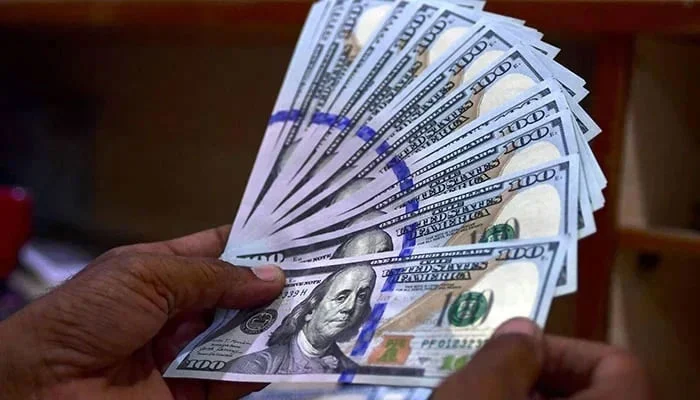By Rashid Amjad
Published in DAWN on January 1, 2023
AS a champion of market fundamentalism and regaining and maintaining macroeconomic balance, however high the costs, there are very few people and even fewer economists who have a good word to say about the IMF.
Indeed, going for support to the IMF is a country’s worse economic nightmare as implementing its standard prescription of strong stabilisation measures, backed by tough economic reforms, inevitably results in economic misery for the poor and the newly emerging middle class. However, without its support and ‘letter of confidence’, many countries face the threat of default as programme lending from IFIs (World Bank, Asian Development Bank) is dependent on their green signal and without it global financial markets punish you with unaffordable high rates of interest.
Pakistan has been under a dozen IMF programmes over the last 30 years of which only two have been successfully completed. Both sides blame the other — the IMF that we have never followed through promised reforms and our economic policymakers that the cost is far too high and the benefits a distant mirage.
So what is the reason for now advocating that we must agree to IMF conditions and restart the current stalled IMF programme?
Our economic managers must wake up to a new reality.
While the immediate cause is the huge external financing gap over the next six months, unavoidable debt repayments and all-time low, fast-dwindling foreign reserves to finance it — all raising the spectre of imminent default — the real cause is fundamentally much more deep-rooted. To put it bluntly, the days of our consumption-led import-intensive growth model, financed by large doses of external assistance, have come to an end. Donors suffer from aid fatigue and themselves face belt-tightening, given the global downturn and high inflation, and our bargaining chips of twisting their arm have gradually run out.
Our Rip Van Winkle economic managers and political leadership must wake up to this new reality, for the IMF conditionalities are just a harsh reminder of this painful truth.
To start with, the time is gone when you could build up unsustainable current account deficits and then play Blindman’s Buff with the exchange rate and pretend that the official rate is much below the market rate, because this time, the dollars have disappeared from the market. Nor can you today borrow from global financial markets as your international bonds have reached junk ratings and effectively locked you out.
You can no longer run your economy on a tax-to-GDP ratio of 10 per cent and run large fiscal deficits and provide subsidies on fuel and electricity and build a mountain of unpayable circular debt and hope that friendly countries will bail you out. You should not be surprised that they are increasingly refusing to answer your calls for rolling over their earlier loans, leave aside giving you new doses of foreign assistance.
One could go on listing our structural weaknesses and imbalances but they will only reinforce the new global economic reality and why the IMF is definitely right in insisting on economic reform measures, for otherwise the economy will finally collapse. This may appear unfair, considering the hardship of the floods we have just gone through, but little else will work either in the short term and even less in the medium and long term.
But the IMF aside, there is a compelling case that we ourselves need to come up with a home-grown sustainable growth strategy. The most challenging part of this new growth strategy would be to build up foreign exchange reserves which can provide us with a buffer against external shocks, which has been the root cause of our previous stop-go cycles. It is all very well to say that we should cut down our import bill and raise exports. The reality is our domestic market generates high profits and the current incentive structure discourages exports.
The IMF reform package by advocating lowering tariff and encouraging imports of raw material to bolster export-led growth, unfortunately, runs up an unsustainable import bill. We need to unleash new engines of growth which are knowledge- and technology-intensive (given our recent large investment in higher education which has not paid off so far) of which the recent growth in IT exports is a good example.
The new strategy must give the highest priority to bolster agriculture productivity, again through knowledge- and latest technology-intensive inputs as the returns will be the highest in this sector and return us back to food self-sufficiency.
To conclude there appears to be no other option but to accept the painful prescription of the IMF and avoid default and start the economic reform programme based on a home-grown growth strategy. Hopefully, we can then say goodbye to the IMF.






